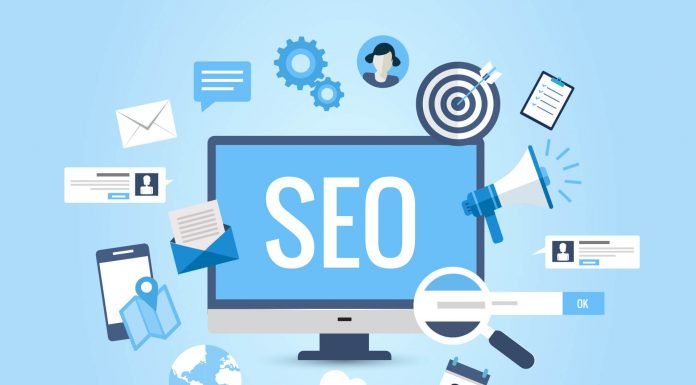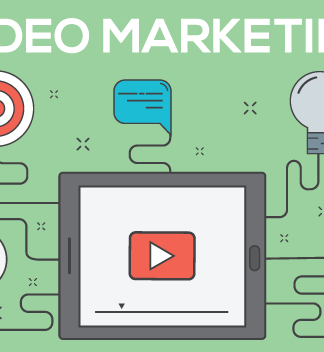In today’s tech-driven world, traditional marketing alone just doesn’t cut it. Enter digital marketing—the powerhouse that’s reshaping how businesses reach their audience. But what is digital marketing and how does it work? Let’s break it down.
Table of Contents
What is Digital Marketing?
Digital marketing refers to all marketing efforts that use the internet or electronic devices to promote products or services. Businesses leverage digital channels such as search engines, social media, email, and websites to connect with current and prospective customers.Unlike traditional marketing, digital marketing provides real-time data, measurable results, and the ability to reach a global audience with precision.
How Does Digital Marketing Work?
Digital marketing works by creating and distributing valuable content through various online platforms.
Here’s a simplified flow of how it functions:
Audience Targeting
First, marketers identify their target audience based on demographics, interests, and behavior.
Channel Selection
Channels like SEO, social media, email marketing, or pay-per-click (PPC) ads are selected depending on where the audience spends their time.
Content Creation
Content is tailored to provide value, educate, or convert. It could be blog posts, videos, infographics, or interactive content.
Campaign Execution
The campaign is launched using chosen platforms and methods. Tools like Google Ads, Meta Ads, or Mailchimp are commonly used.
Monitoring and Optimization
Real-time data is analyzed to optimize performance. A/B testing, analytics, and automation help improve ROI continuously.
Key Components of Digital Marketing
Here are some crucial elements that make digital marketing effective:
1. Search Engine Optimization (SEO)
Improving website visibility on search engines like Google to drive organic (non-paid) traffic.
2. Content Marketing
Creating relevant and consistent content to attract and retain a clearly defined audience.
3. Social Media Marketing
Using platforms like Facebook, Instagram, LinkedIn, and Twitter to engage users and build brand awareness.
4. Email Marketing
Sending direct emails to a segmented audience for promotions, newsletters, or re-engagement.
5. Pay-Per-Click Advertising (PPC)
Paid ads that appear on search engines and social media platforms. You only pay when someone clicks.
6. Affiliate Marketing
Partnering with influencers or third-party sites to promote your product for a commission.
7. Influencer Marketing
Collaborating with individuals who have a strong online presence to endorse your brand.
Benefits of Digital Marketing
Global Reach- Reach audiences across the world at a fraction of the traditional cost.
Measurable Results- Use analytics tools to track and adjust strategies in real time.
Targeted Advertising- Focus your message on those most likely to convert.
Higher Engagement- Interactive campaigns allow two-way communication with your audience.
Frequently Asked Questions (FAQs)
Q1: Is digital marketing better than traditional marketing?
A: Yes, digital marketing is more cost-effective, measurable, and allows for better targeting than traditional marketing.
Q2: Can small businesses benefit from digital marketing?
A: Absolutely! With tools like local SEO and social media, even small businesses can compete and grow online.
Q3: How long does it take to see results from digital marketing?
A: Some channels like PPC show instant results, while SEO and content marketing take a few months to gain traction.
Q4: What are the most in-demand digital marketing skills?
A: SEO, data analytics, content creation, paid ads management, and social media strategy are highly sought after.
Conclusion
Now that you know what digital marketing is and how it works, it’s clear that it’s a must-have for any business aiming to thrive in the digital era. Whether you’re a startup or an enterprise, digital marketing opens doors to smarter marketing, better engagement, and higher ROI.












